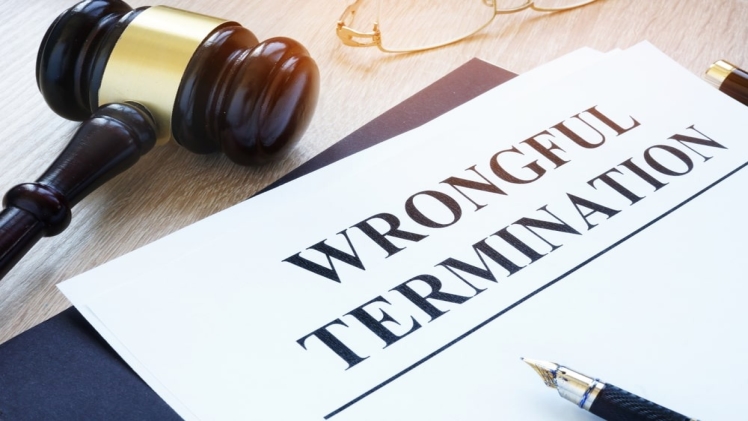Wrongful termination can have devastating effects on an individual and their career. It is not legal to terminate any individual without providing proper evidence about their termination. Understanding wrongful termination along with the rights afforded to the employees is essential to seek justice and hold employers accountable for unlawful practices.
In this article, we will discuss everything about wrongful termination and provide an extraordinary insight into the common scenarios of discrimination. You can read more about these emerging terminations in this article, so stay tuned with us to keep yourself updated.
What is the Legal Definition of Wrongful Termination?
Wrongful termination occurs when an employer ends the employee’s work contract or law while firing an employee. There can be various reasons for termination, such as harassment, discrimination, or retaliation, and other reasons. However, the employees and employers are bound by an at-will agreement; if the employer terminates the employee without any solid reason, it can come under wrongful termination.
What To Do About Wrongful Terminations?
There are various state and federal laws to protect employees from wrongful terminations. Thus, employees should know more about these laws, which can protect them and their jobs.
- Know the Regulations: You must know about the rules and regulations of the state and federal laws. Various factors determine wrongful terminations, and you need to know about these factors and how the laws can act in your favor.
- Determine the Reason for Your Termination: You must know what are the details of your termination to ensure that there is no discrimination on your part. If you find that the termination is wrongful, then you can take legal action against it.
- Consult With the Human Resource Department: You should ask your human resource department for information about the termination process. You can also find information about any benefits that you can avail from the termination.
What are Options Available for Employees After Wrongful Termination?
- Filing the Complaint: You must take the necessary steps to file a complaint against the employer with the Equal Employment Opportunity Commission (EEOC). There are other state agencies, too, where you can file a complaint for wrongful terminations.
- Understanding Potential Remedies: You must realize potential remedies for your problem, like reinstatement, payback, front pay, compensatory damages, and punitive damages.
- Preparing for Litigation: Employees can take a look at the litigation process, discovery phase, trial procedures, depositions, and other details and proceed ahead with the litigation process. Employees can hire a legal team to deal with their cases for professional help.

